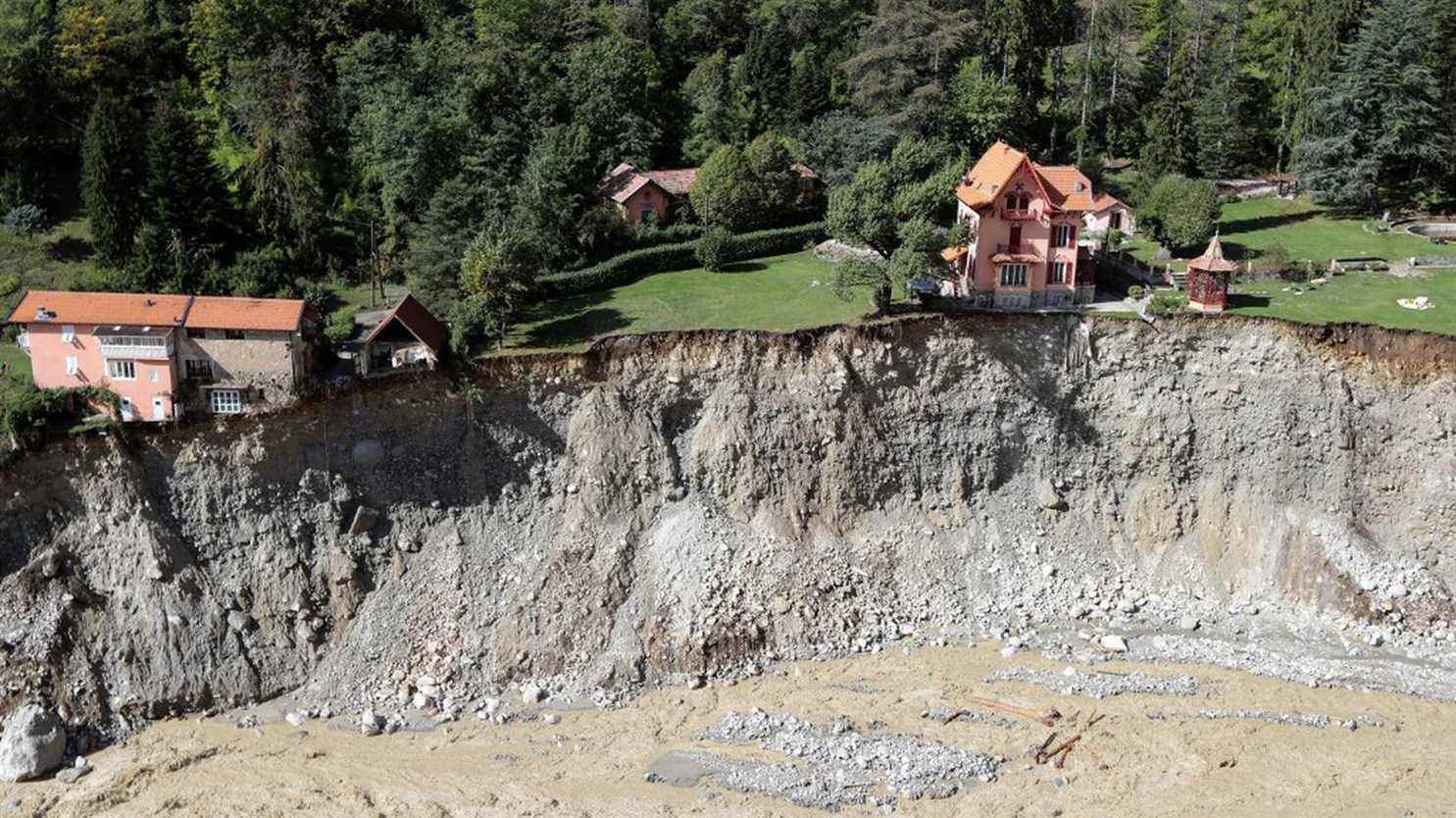It is a phrase that has not gone unnoticed. In their new report, released Monday, April 4, scientists from the Intergovernmental Panel on Climate Change (IPCC) warn that action must be taken before 2025 to limit global warming and maintain a livable world. “In the scenarios we have assessed, limiting warming to 1.5°C requires greenhouse gas emissions to peak before 2025 at the latest”they write in the press release that accompanies the report.
This figure of 1.5°C corresponds to the most ambitious objective of the Paris climate agreement. Signed in 2015, this treaty commits these signatories to contain “raising the average global temperature to well below 2°C above pre-industrial levels and pursuing action to limit temperature rise to 1.5°C”. This objective is not chosen at random: as shown in a previous report by the same IPCC, the damage caused by global warming – heat waves, rising sea levels, extreme events – is less if it is limited at 1.5°C. For some regions of the world, the stakes are crucial: “the difference between 1.5 and 2°C is death for us”Maldives Environment Minister Shauna Aminath said at COP26.
Today, the world is not on the right trajectory. Global warming is already estimated at 1.09°C and greenhouse gas emissions produced by human activities (industry, energy, transport, agriculture, housing, etc.) and the combustion of fossil fuels (coal , oil, gas), continue to increase, although the pace has slowed (+2.3% to +1.3% per year). According to the latest report, current policies lead us straight to a catastrophic warming of 3.2°C in 2100.
To reverse the trend, we must therefore act quickly. This is the meaning of the three-year period given by the IPCC. Scientists have studied the different emission scenarios that would limit warming to 1.5°C. Those who allow to stay below this fateful bar, without exceeding it temporarily or in a very limited way, see emissions peak by 2025 at the latest and fall by 43% in 2030. This peak in 2025 is also valid for the limiting scenarios warming to 2°C.
In fact, among the scenarios examined, the only ones that do not count on a peak in greenhouse gas emissions between 2020 and 2025 lead to a warming of 3°C (peak between 2030 and 2035), 4°C (2070 -2075) or beyond (2080-2085). “It’s now or never if we want to limit global warming to 1.5°Ccommented Jim Skea, co-author of the latest IPCC report. Without immediate and deep emission reductions across all sectors, this will be impossible.”
